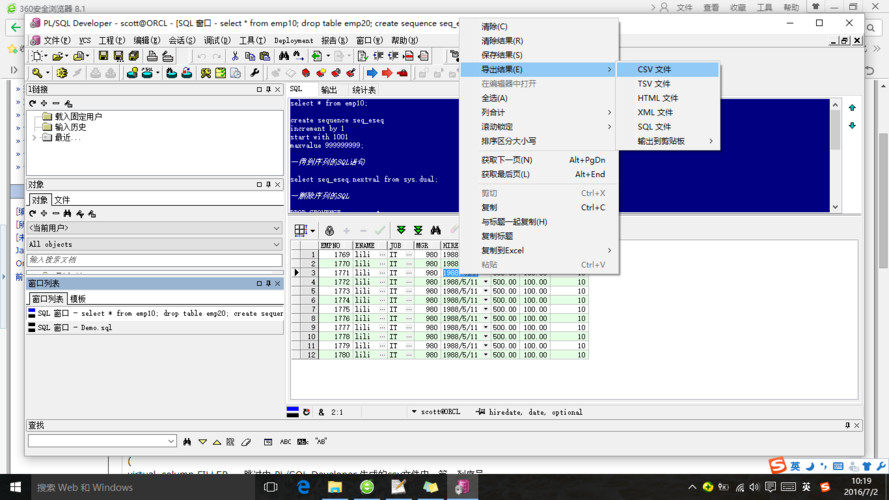sysloader
Sysloader, also known as system loader, is a software component that plays a critical role in the bootstrapping process of a computer system. It is responsible for loading the operating system kernel into memory and initiating its execution. Let's delve deeper into the functionalities and significance of Sysloader.
Functions of Sysloader:
1.
Bootstrap Code Execution
: When a computer is powered on or rebooted, the initial program that runs is the firmware (BIOS or UEFI). The firmware locates the Sysloader in the boot sector of the bootable disk and passes control to it. The Sysloader then initializes the system and loads the operating system kernel into memory.2.
Hardware Detection and Initialization
: Sysloader often includes routines for detecting and initializing hardware components such as CPU, memory, storage devices, and peripherals. This ensures that the hardware environment is set up properly for the operating system to run.3.
File System Access
: It is responsible for accessing the file system on the boot device to locate the operating system kernel and other necessary files. This involves interacting with the disk or storage device to read the required data into memory.4.
Kernel Loading and Execution
: Once the necessary components are initialized, Sysloader loads the operating system kernel into memory and transfers control to it. The kernel then takes over the system's operations.Significance of Sysloader:
1.
System Bootstrapping
: Sysloader is crucial for the initial bootstrapping of the system. Without it, the operating system kernel cannot be loaded, and the system would not be able to start up and become operational.2.
Hardware Compatibility
: Since Sysloader handles hardware detection and initialization, it contributes to ensuring compatibility between the operating system and the hardware components of the computer.3.
Security and Integrity
: In secure boot environments, Sysloader plays a role in verifying the integrity of the operating system kernel and related components before loading them. This helps in preventing the execution of unauthorized or compromised code.4.
Customization and Configuration
: Sysloader can offer options for selecting different operating systems or boot configurations, such as when a system has multiple operating systems installed.
Recommendations for Sysloader Implementation:
1.
Reliability and Error Handling
: It's essential for Sysloader to have robust error handling mechanisms and be reliable in various hardware environments to ensure consistent booting.2.
Security Considerations
: In today's securityconscious computing landscape, Sysloader should incorporate secure boot features to prevent unauthorized or tampered code from being executed.3.
Hardware Abstraction
: To accommodate different hardware configurations, Sysloader should have builtin support for hardware abstraction, allowing it to work seamlessly across diverse systems.4.
Ease of Customization
: Providing a userfriendly interface or configuration options for users to choose different boot configurations or operating systems can enhance the user experience.In conclusion, Sysloader is a fundamental component in the boot process of a computer system, ensuring the successful loading and execution of the operating system kernel. Its role in hardware detection, kernel loading, and system initialization makes it a critical piece of software for the proper functioning of a computer. Implementing it with a focus on reliability, security, and flexibility can greatly enhance the overall bootstrapping experience for users and system administrators.









